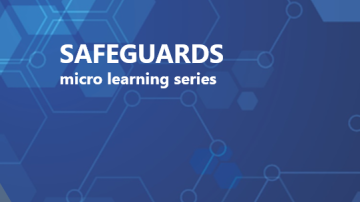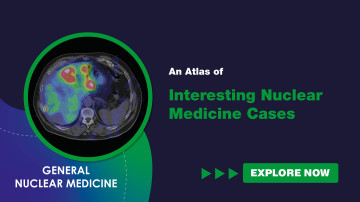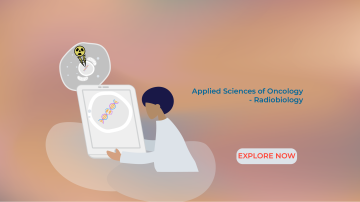X ray spectrometry techniques are nowadays widely used in many analytical applications. The different interactions of x rays with matter have served to provide useful information for comprehensive characterization of materials, including: Elemental composition (X ray characteristic emission); Mineral composition (X ray diffraction); Chemical speciation (X ray absorption near edge spectroscopy); Density (X ray attenuation and phase contrast tomography); Spatial distribution of elements (micro and confocal X ray fluorescence, X ray selective absorption tomography); and Characterization of layered structures (X ray reflectometry, grazing incidence x-ray emission).This course aims at introducing the reader to the fundamentals of several X ray spectroscopy techniques. Due to the common need for elemental composition analysis, emphasis is made on Energy Dispersive x-ray Fluorescence, which constitutes an affordable option for IAEA Member States laboratories. This course is addressed to specialists and managers of laboratory facilities willing to incorporate X ray spectroscopy techniques into their research and services. Managers will benefit from general knowledge on the capabilities, advantages and limitations of the techniques. The infrastructure required for the implementation can be identified, as well as the needs for specialized training and capacity building. Specialists working in applied research and analytical services will learn on the capabilities of the techniques for different applications and analytical tasks.For additional information please contact: nsil@iaea.org
Introduction to X Ray Emission Spectrometry
How to enroll
CLP4NET course enrolment requires a valid NUCLEUS account. The NUCLEUS Web Single Sign-on system allows registered and authorized users to securely access a variety information resources with a single username and password.
To register a new NUCLEUS account, click here.
Please visit our help pages for information on how to register, sign-in or for other useful information.



















